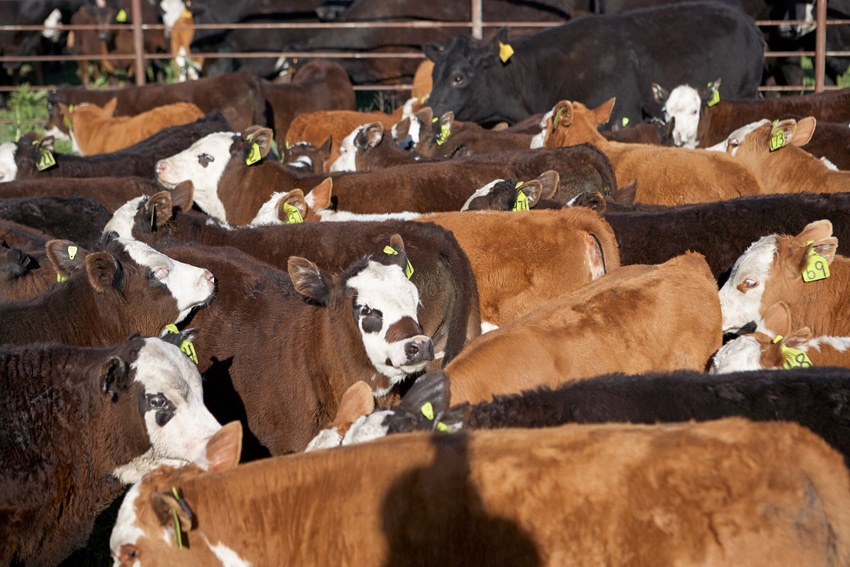2023 cattle markets: The year so far and the second half ahead
Biggest question for the second half of the year is the extent to which herd rebuilding begins.

The first half of 2023 has certainly seen significant changes in cattle and beef markets. Prices are higher across the board as tighter cattle numbers and declining beef supplies push markets towards or beyond record levels. Remaining drought areas in the central and southern plains continue to shrink with continuing impacts on the regions but less impact nationally on cattle markets.
Beef production in the first 24 weeks of the year is down 4.9% from the 2022 record pace. In the last four weeks of data, beef production is down 5.3% year over year. Yearling (steer + heifer) slaughter is down 3.0% year over year so far in 2023, with steer slaughter down 4.7% for the year to date and heifer slaughter down 0.4% so far this year. However, heifer slaughter is down 4.9% year over year in the last four weeks and combines with a 5.9% decrease in steers slaughter to reduce total yearling slaughter 5.5% in the most recent four weeks of data. Total cow slaughter is down 4.4% for the year to date with a 12.1% year over year decrease in beef cow slaughter partially offset by a 5.5% year to date increase in dairy cow slaughter. Bull slaughter is down 8.4% thus far in 2023.
Oklahoma auction prices for steer calves under 600 pounds have averaged 41.9% higher year over year in June. Feeder steers over 600 pounds have averaged 39.7% higher compared to the same four weeks one year ago. The five-market fed cattle price has averaged 30.3% higher year over year in the past four weeks. The June cattle on feed report showed that feedlot inventories have been lower for nine consecutive months. The June 1 feedlot inventory was 11.55 million head, down 2.9% year over year. The decline in feedlot inventory has been relatively slow with May feedlot placements higher than expected based on lingering drought impacts and strong feeder demand as feedlots attempt to maintain inventories. However, feeder supplies and feedlot numbers will continue to decline as the reality of smaller cattle supplies builds. Increased heifer retention is likely to squeeze feeder supplies more sharply in the second half of the year.
Boxed beef prices in the last four weeks have averaged 24.1% higher year over year. Boxed beef prices moved sharply higher after Memorial Day by mid-June with strong buying for the Independence Day holiday. The follow up to July 4 (a four-day weekend for many) will provide good indications for beef demand for the remainder of summer. It is typical for beef demand to experience a slow-down during the summer doldrums, but overall beef demand remains robust.
The biggest question for the second half of the year is the extent to which herd rebuilding begins with increased heifer retention and continued reductions in cow slaughter. Producer expectations and remaining drought conditions will impact the timing of herd rebuilding efforts. The upcoming July “Cattle on Feed” report (with quarterly steer and heifer feedlot inventories) and the July “Cattle” report are expected to provide important clues as to how cattle market conditions may change in the second half of the year.
About the Author(s)
You May Also Like


.png?width=300&auto=webp&quality=80&disable=upscale)
